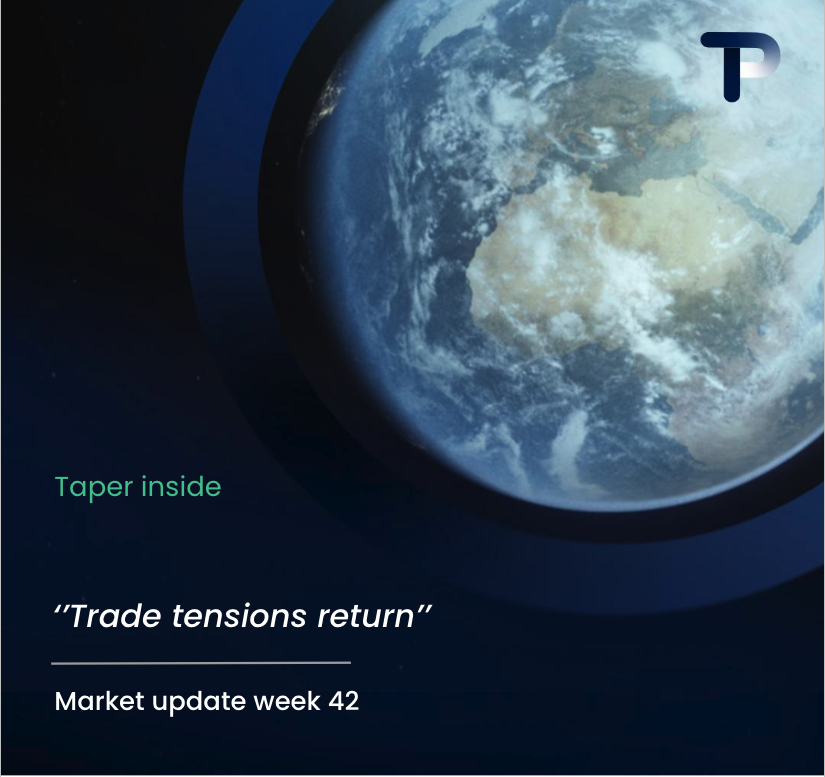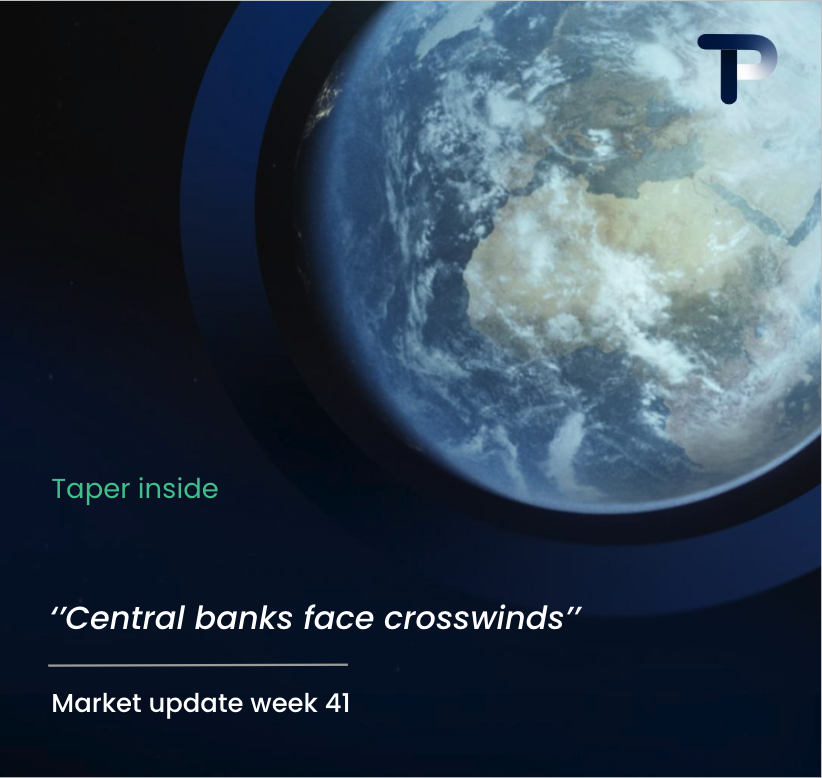Payment terms in trade finance are contractual agreements that define how and when payment will be made for goods or services in international transactions. These terms determine the timing of payment, risk distribution between buyer and seller, and the level of security provided to both parties. The four main payment methods include cash in advance, letters of credit, documentary collections, and open account terms, each offering different levels of risk and cost.
Understanding Payment Terms in Trade Finance
Payment terms form the backbone of international trade transactions, establishing the framework for how money flows between buyers and sellers across borders. These agreements protect both importers and exporters by clearly defining payment obligations, timing, and the required documentation.
In global commerce, payment terms serve multiple functions beyond simple transaction mechanics. They help manage cash flow by establishing when funds will be exchanged, distribute risk between trading partners, and provide security mechanisms that protect against non-payment or non-delivery.
The choice of payment terms directly impacts your working capital requirements and overall transaction costs. Exporters typically prefer terms that guarantee payment before shipment, whilst importers favour arrangements that allow inspection of goods before payment. The selected terms often reflect the trust level between parties, transaction size, and the political and economic stability of the countries involved.
What Are the Most Common Payment Terms in Trade Finance?
The four primary trade finance instruments used in international commerce are cash in advance, letters of credit, documentary collections, and open account terms. Each method offers different risk profiles and cost structures to suit various business relationships and transaction requirements.
Cash in advance provides maximum security for exporters, as payment is received before goods are shipped. This method eliminates credit risk but places the entire burden on the importer, who must trust that goods will be delivered as agreed. It’s commonly used for new business relationships or high-risk markets.
Letters of credit offer balanced protection for both parties through bank guarantees. The importer’s bank issues a credit that promises payment upon presentation of compliant documents. This method provides security whilst allowing goods to be shipped before payment, though it involves higher costs and administrative complexity.
Documentary collections involve banks handling document exchange without providing payment guarantees. The exporter ships goods and presents documents through their bank, which forwards them to the importer’s bank for payment or acceptance. This method costs less than letters of credit but offers reduced security.
Open account terms allow the importer to receive goods before payment, typically with 30, 60, or 90-day payment periods. This method favours the buyer and is common between established trading partners with strong relationships and low country risk.
How Do Letters of Credit Work as Payment Terms?
A documentary credit operates through a network of banks that guarantee payment when specific conditions are met. The process begins when the importer applies to their bank (issuing bank) to open a credit in favour of the exporter (beneficiary).
The issuing bank forwards the credit to a bank in the exporter’s country (advising bank), which notifies the beneficiary of the credit terms. These terms specify exactly which documents must be presented and the conditions that must be met for payment to occur.
Once the exporter ships the goods, they present the required documents to their bank. Common documents include commercial invoices, bills of lading, insurance certificates, and inspection certificates. The advising bank examines these documents for compliance with the credit terms.
If documents comply with the credit requirements, the bank processes payment according to the credit terms. This might involve immediate payment, acceptance of a time draft for future payment, or negotiation of documents under a negotiation credit.
Different types of letters of credit serve specific purposes. Confirmed credits add the advising bank’s payment guarantee, whilst standby credits act as backup payment methods. Revolving credits can be used multiple times, and transferable credits allow beneficiaries to transfer rights to third parties.
What Is the Difference Between Documentary Collections and Open Account Terms?
Documentary collections and open account terms represent different approaches to balancing risk, cost, and relationship requirements in international trade payments. Collections provide moderate security through bank involvement, whilst open accounts rely entirely on trust between trading partners.
Documentary collections operate through two main methods: documents against payment (D/P) and documents against acceptance (D/A). With D/P terms, the importer must pay immediately to receive shipping documents and take possession of goods. D/A terms allow the importer to accept a time draft promising future payment in exchange for immediate document release.
Open account arrangements involve no bank guarantees or document handling services. The exporter ships goods and sends documents directly to the importer, who pays according to agreed terms. This method minimises transaction costs but maximises credit risk for the exporter.
Risk distribution differs significantly between these methods. Collections shift some risk to banks handling documents, though banks don’t guarantee payment under D/A terms. Open accounts place all payment risk on the exporter, who must rely on the importer’s creditworthiness and willingness to pay.
Cost considerations favour open accounts for their simplicity and minimal fees. Documentary collections involve bank charges for document handling and presentation, though these costs remain lower than letter of credit fees. The choice often depends on the value of additional security versus cost savings.
Key Takeaways for Choosing the Right Trade Finance Payment Terms
Selecting appropriate international trade payments terms requires careful evaluation of multiple factors including relationship trust, transaction size, country risk, and cash flow requirements. Small and medium enterprises must balance security needs with cost-effectiveness to maintain competitive pricing whilst protecting their interests.
Relationship strength significantly influences payment term selection. New trading partnerships typically require more secure payment methods like letters of credit or cash in advance. Established relationships with proven payment histories can support open account terms that improve cash flow and reduce costs.
Transaction value affects the cost-benefit analysis of different payment methods. High-value shipments often justify the additional costs of letters of credit for the security they provide. Smaller transactions might use documentary collections or open accounts to avoid disproportionate banking fees.
Country risk assessment helps determine appropriate security levels. Transactions involving politically or economically unstable regions typically require more secure payment terms. Developed markets with stable banking systems support less restrictive payment arrangements.
Cash flow considerations impact both parties differently. Exporters prefer faster payment terms to maintain working capital, whilst importers benefit from extended payment periods. The negotiated terms should reflect each party’s financial position and market power.
For growing businesses engaged in international trade, we at Taper understand these payment complexities. Our multi-currency Business IBAN accounts and streamlined international payment solutions help you manage trade finance requirements efficiently, allowing you to focus on expanding your global business rather than navigating complex banking procedures.
Frequently Asked Questions
How do I determine which payment term is best for my first international trade transaction?
For first-time international traders, start by assessing three key factors: your relationship with the trading partner, the transaction value, and the destination country's risk level. New relationships typically require more secure methods like letters of credit or cash in advance, while established partners may accept documentary collections. Consider starting with a letter of credit for high-value transactions as it provides balanced protection for both parties.
What happens if documents are rejected under a letter of credit?
If banks find discrepancies in your documents, they will contact you with a detailed list of non-compliant items. You typically have a limited time to correct and re-present documents before the credit expires. Common rejections include incorrect dates, missing signatures, or inconsistent descriptions. To avoid this, work closely with experienced freight forwarders and always double-check document requirements before shipment.
Can I change payment terms after signing a contract but before shipment?
Payment terms can only be modified with mutual agreement from both parties, typically through a contract amendment. Changes often require renegotiation of other terms like pricing, delivery dates, or risk allocation. If you need to change terms due to changed circumstances, approach your trading partner early with clear justification and be prepared to offer concessions in other areas.
How much do different payment methods typically cost in fees?
Cash in advance and open account terms have minimal fees, mainly wire transfer charges (typically $15-50). Documentary collections cost 0.1-0.5% of transaction value plus handling fees. Letters of credit are most expensive at 0.1-2% of transaction value, plus amendment fees ($50-200 each) and bank charges. Factor these costs into your pricing strategy when quoting international customers.
What should I do if my buyer requests open account terms but I'm concerned about payment risk?
Consider compromise solutions that reduce your risk while accommodating the buyer's preference. Options include requesting a smaller initial order on secure terms to build trust, obtaining trade credit insurance to protect against non-payment, requiring a partial advance payment, or using a shorter payment period (30 days instead of 90). You can also request bank or trade references to assess the buyer's creditworthiness.
Are there any payment terms specifically designed for small businesses or lower-value transactions?
Yes, several options work well for smaller transactions. Documentary collections (D/P or D/A) offer reasonable security at lower costs than letters of credit. Online payment platforms and digital trade finance solutions are emerging for smaller values. Some banks offer simplified letter of credit products for SMEs. For very small transactions under $5,000, secure online payment methods or cash in advance often make more economic sense.
How do I protect myself when using open account terms with international customers?
Implement several protective measures: conduct thorough credit checks and request trade references, consider trade credit insurance to cover non-payment risk, establish clear payment terms with late payment penalties, use professional debt collection services for overdue accounts, and maintain regular communication with customers about payment status. Start with smaller orders to test payment behavior before extending larger credit limits.



